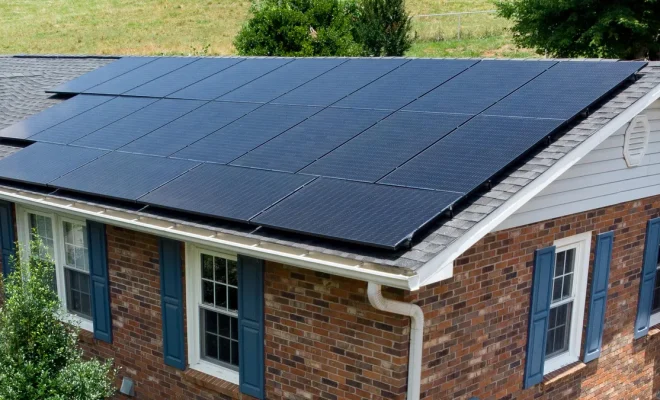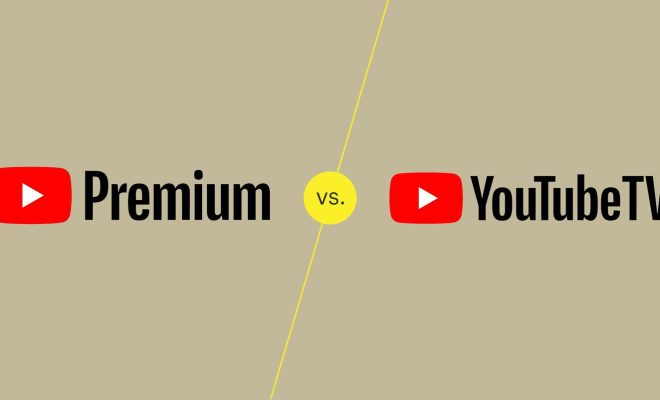Why Getting Solar Panels in Alabama Is Complicated

Introduction
Solar power has emerged as a promising source of renewable energy, offering numerous benefits for both the environment and the economy. However, a closer look at the situation in Alabama reveals several complications impeding the widespread adoption of solar panels throughout the state. This article aims to explore these challenges and offer insights into the complexities surrounding solar power utilization in Alabama.
Regulatory Hurdles
One significant factor complicating solar panel installation in Alabama is the state’s regulatory environment. Currently, Alabama lacks net metering policies that would enable owners of residential solar systems to receive credits for excess power generated by their panels. Without a net metering program in place, homeowners are left with fewer incentives to invest in solar panel systems since they do not benefit directly from any surplus energy produced.
Utility Roadblocks
Several utility companies operating within Alabama have imposed policies which further complicate solar panel adoption. For instance, some utility providers have instituted fees and additional rates on solar customers, creating an economic disincentive for homeowners considering installing panels. This not only discourages solar panel installations but can also lead to higher overall costs for those who choose to adopt this form of renewable energy.
Lack of State Incentives
Compared to other states that actively promote clean energy solutions, Alabama falls short in providing incentives for solar power usage. There are no statewide solar tax credits or rebates available to consumers. In addition, the federal investment tax credit (ITC) is often insufficient to offset the financial burden of installing a solar panel system in Alabama. In contrast, states with more developed clean energy policies commonly offer enticing local incentives to supplement federal assistance.
Climate Factors
While it’s true that Alabama experiences its fair share of sunshine throughout the year, some areas of the state fall within Hurricane Alley – a stretch of coastline susceptible to violent storms with heavy winds and potential flooding. Homeowners in these regions may be hesitant to invest in solar panels due to concerns about damage or inaccessibility during extreme weather events. This presents a unique challenge to the solar industry’s expansion within the state.
Education and Public Perception
Lastly, a significant impediment to adopting solar energy in Alabama stems from public perception and lack of education on the topic. Homeowners may be unfamiliar with the advantages and potential savings offered by solar panels, or they might hold misconceptions about the efficiency and reliability of such systems. Overcoming these misconceptions and building a strong understanding of solar power’s benefits is crucial to increasing its deployment throughout Alabama.
Conclusion
The path towards renewable energy adoption, particularly in the form of solar panels, is fraught with complications in Alabama. Overcoming regulatory obstacles, utility roadblocks, and a lack of state incentives – along with addressing climate concerns and educating the public – are essential steps if Alabama is to fully embrace the potential of solar power and reap its numerous benefits.





